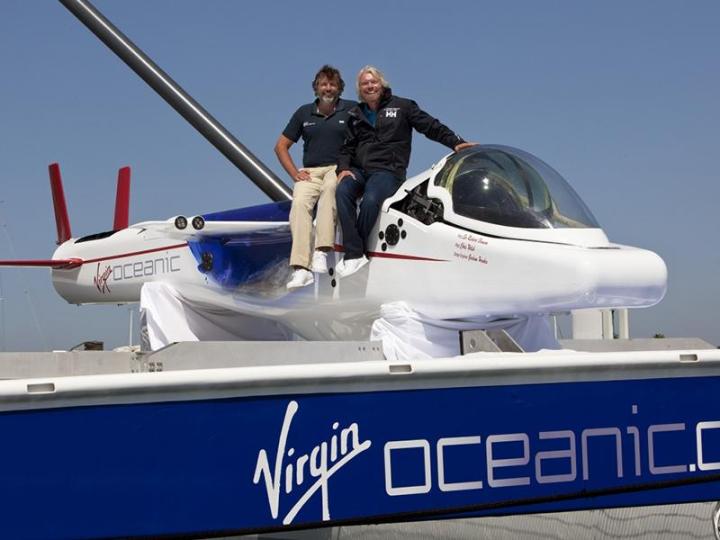
News that the submarine adventures had been shelved for the foreseeable future was first reported in the Telegraph. The scheme was designed to allow passengers to get to the deepest points of the world’s five major oceans, but there are indications that the sub in consideration — the DeepFlight Challenger — is only capable of making one-way trips. Guests would have been charged around $500,000 for the once-in-a-lifetime journey, according to sources.
This doesn’t mean the dream is permanently dead, but the website advertising the underwater excursions has been pulled and it looks like there’s a lot more research and investment required before Virgin’s vision of deep-sea exploration can be realized. In the wake of the SpaceShipTwo failure, the company can’t afford to take any risks with customer safety.
“We were not sure it [DeepFlight Challenger] would make it down,” a Virgin spokesman told the Telegraph. “That project has been put on ice while we look at other technology that works. The name [Virgin Oceanic] remains our name, so no doubt we will revive it.”
Branson himself had alluded to doubts over the viability of the program in a notice posted on the official Virgin group website. “We are all still highly passionate about exploring the bottom of the ocean,” he wrote. “However, we are now widening the focus of the project and looking for new technology to help us explore the ocean and democratise access at reduced cost and increased safety.”
[Image: DeepFlight]


